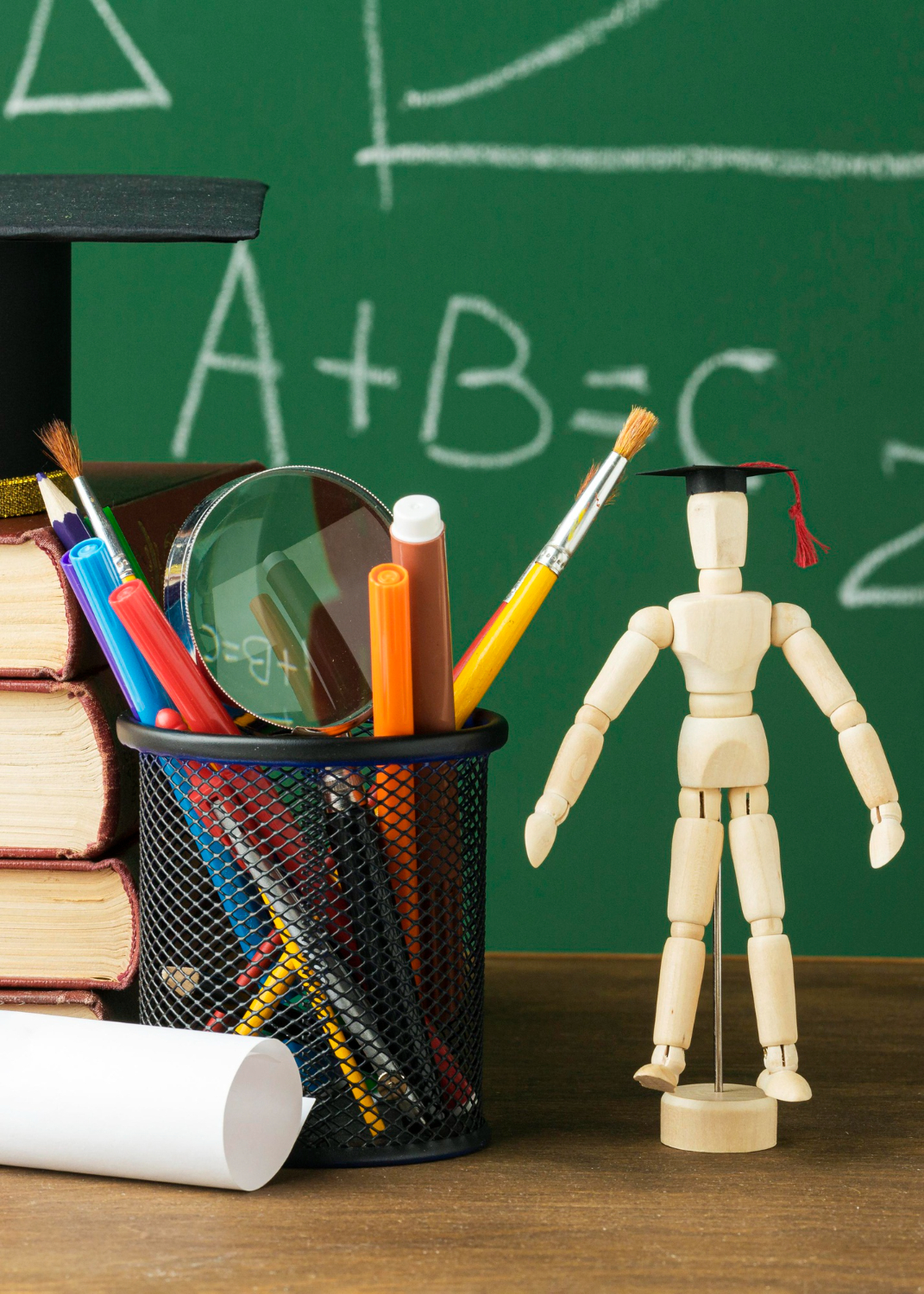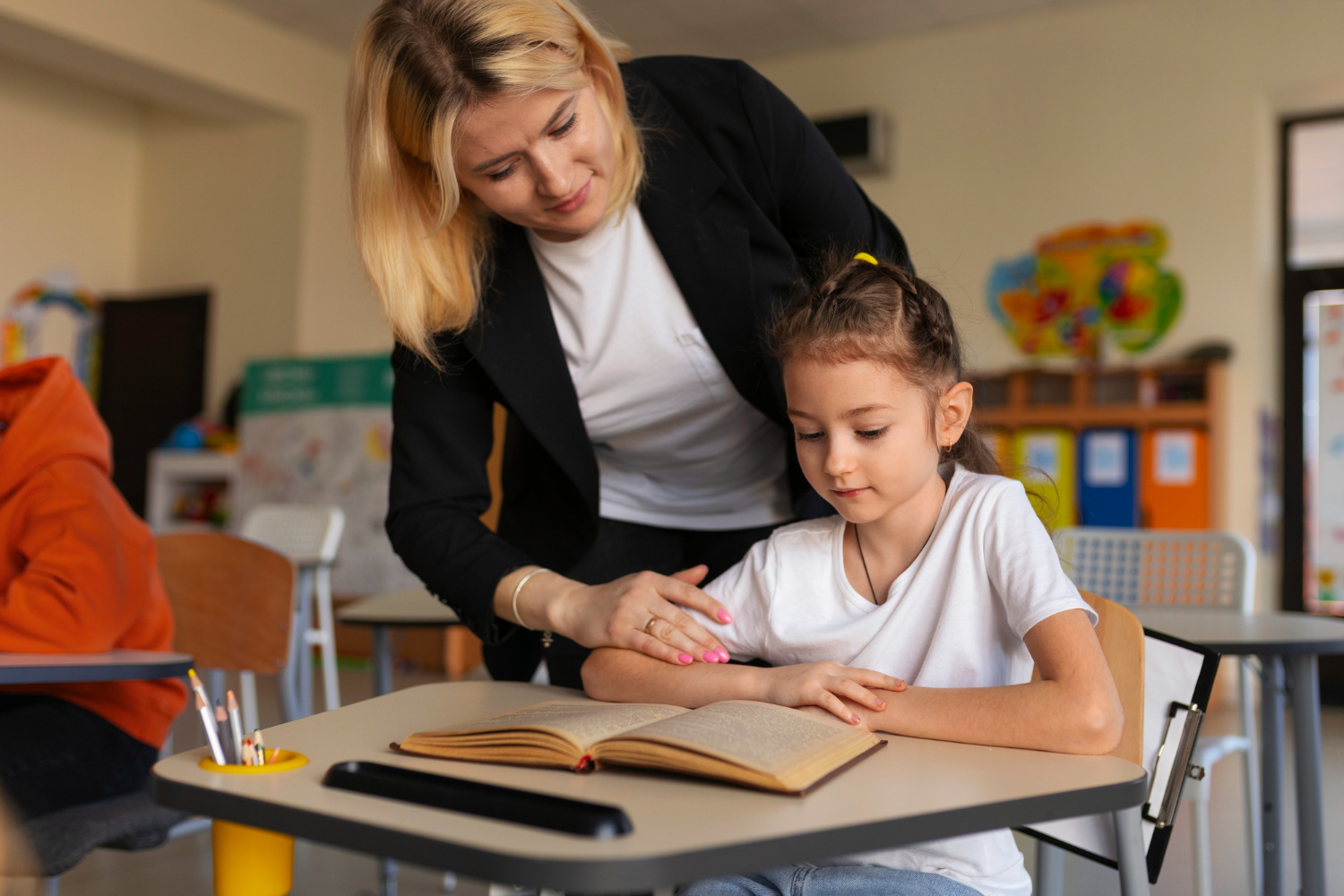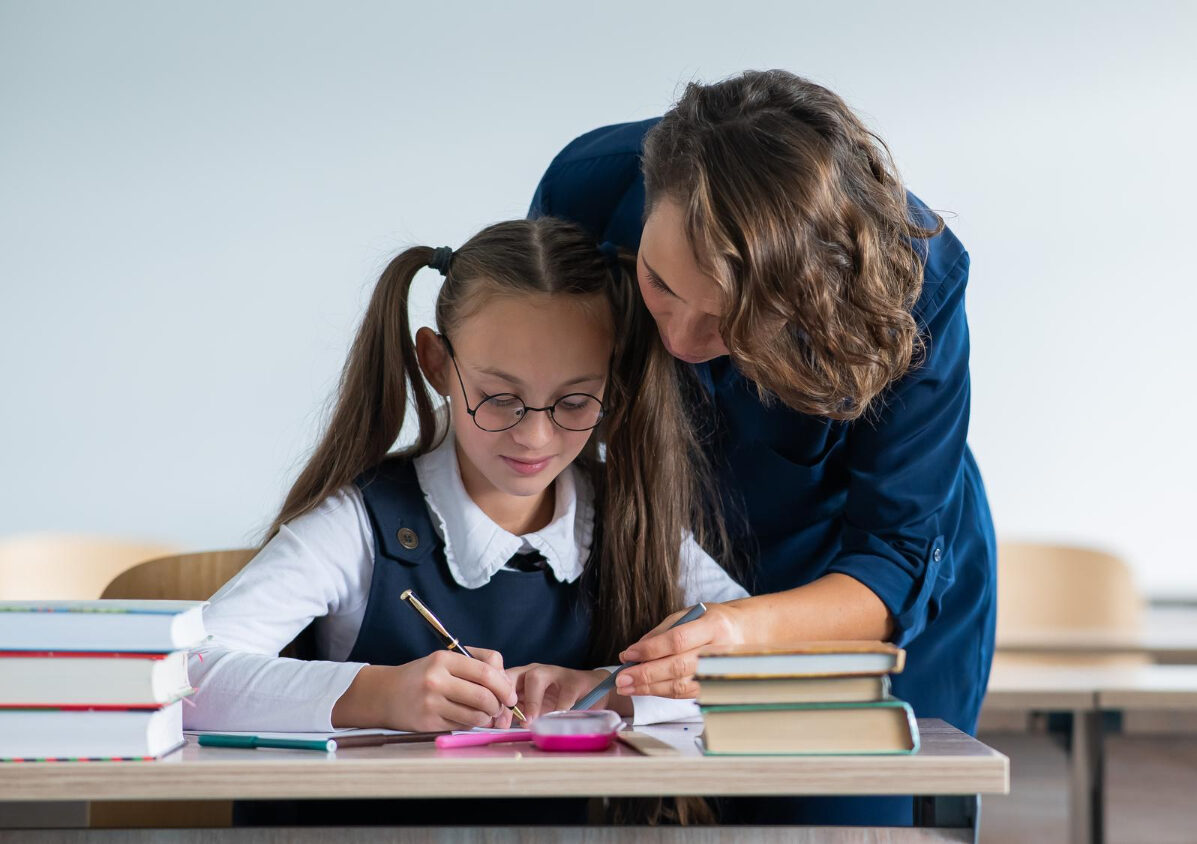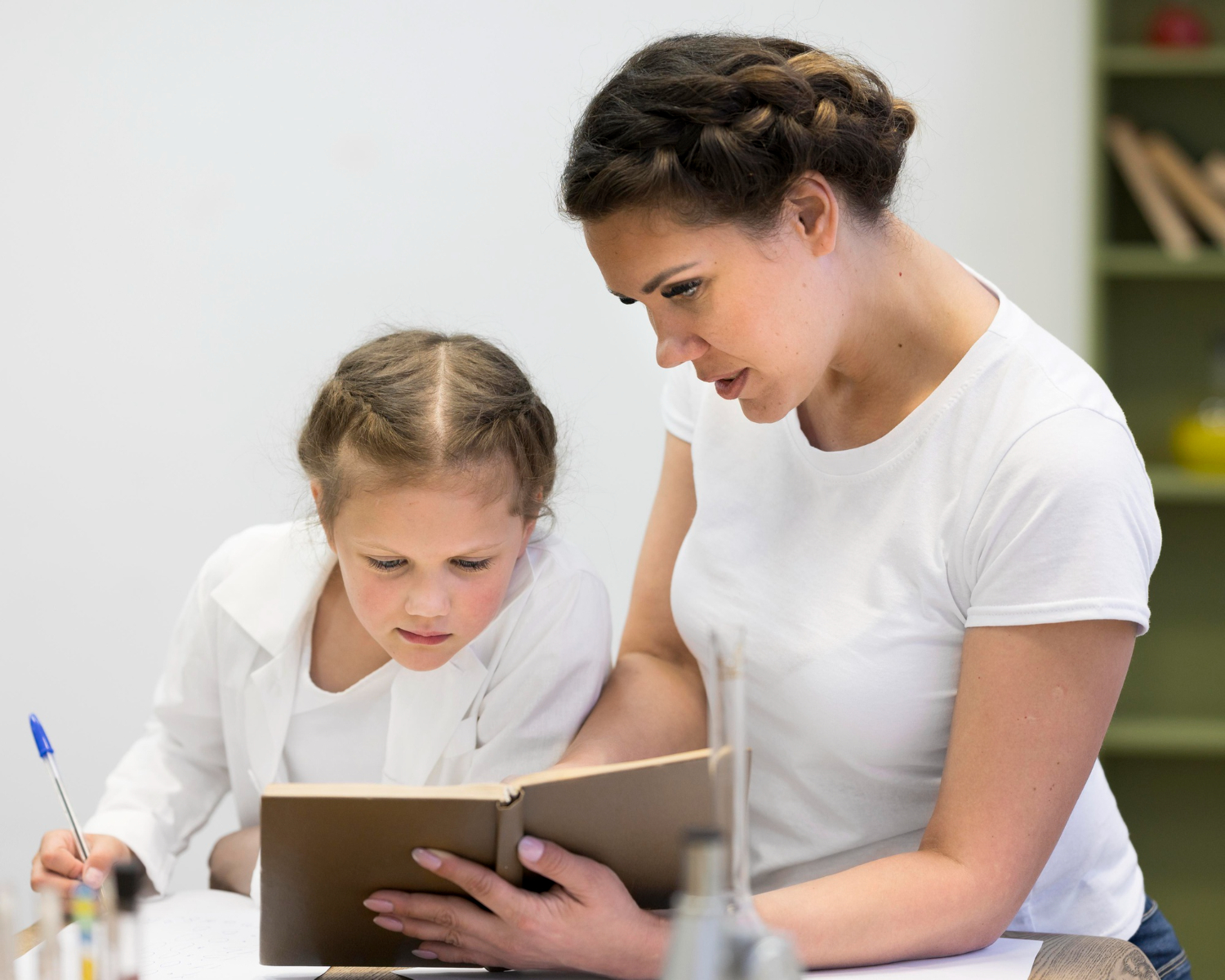Understanding Different Learning Styles
Learning styles refer to the different ways individuals prefer to learn and process information. There are four main types of learning styles:
Visual Learners: Visual learners prefer to process information through visual stimuli. They often have a strong ability to recall images and visualise concepts in their minds. They learn best when information is presented in the form of diagrams, charts, graphs, videos, and other visual aids. Consider circling specific words or using highlighters to break up sentences or to emphasise specific parts of the paragraph. You can also use coloured index cards or coloured paper to separate different sections of an essay for example.
Auditory Learners: Auditory learners grasp information best through listening. They learn best through auditory stimuli, such as listening to explanations, lectures, discussions, and audio recordings. They have a knack for remembering information they’ve heard and often benefit from verbal instructions and discussions. Providing verbal explanations and incorporating music or sound effects can enhance their learning experience. Consider reading sentences and stories aloud.
Kinaesthetic Learners: Kinaesthetic learners, also known as tactile learners, learn best through hands-on experiences and physical activities. They thrive when they can actively engage with materials, manipulate objects, and participate in experiments or role-playing activities. They often have a strong sense of body awareness and learn by doing. Teachers can plan interactive lessons, simulations, experiments, and role-playing exercises.
Reading/Writing Learners: Reading/writing learners prefer to engage with information through written materials. They excel in reading assignments, writing tasks, note-taking, and textual explanations. Teachers can support these students by providing several text-based resources, reading materials, writing assignments, and opportunities for reflection.
Understanding these learning styles can help teachers tailor their teaching strategies to accommodate the diverse needs of students in the classroom, ensuring that each individual has the opportunity to learn effectively.








